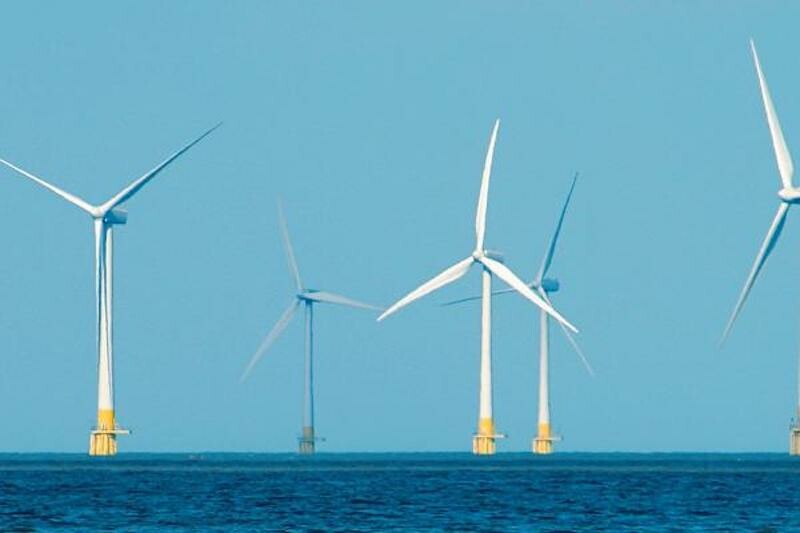A long-awaited report on offshore wind turbine arrays and vessel radars offers some insight into potentially weird electronic effects of giant structures U.S. energy planners and wind developers foresee off the East Coast.
The paper from the National Academies of Sciences, Engineering and Medicine (available online at https://www.nap.edu/download/26430#) summarizes evidence so far out of the European offshore wind industry since the early 1990s. But it offers no definitive predictions for how it will go in U.S. waters.
The report says changes should start now to ensure vessels can operate safely around the wind turbine generators envisioned by the Bureau of Ocean Energy Management and wind developers.
“Marine vessel radars are not presently optimized to operate in a WTG (wind turbine generator) environment,” the report states up front. “Marine WTGs are very large structures, with towers on the order of several hundred meters and blade lengths exceeding 100 meters. Being heavily composed of steel, the nominal WTG structure has a large radar cross section.”
With the potential for building hundreds of turbines on the East Coast outer continental shelf, “the combination of high radar reflectivity and vast number of WTGs leads to many strong reflected signals entering the radar receiver, further complicated by other factors, such as multipath and range ambiguous returns,” the report said. “In addition, blade motion generates aspect-dependent, Doppler-spread interference. These various effects, left unresolved, combine to complicate navigation decision-making.”
Mariners can adapt to operating radars around wind turbines, especially with the latest radar equipment and appropriate training, the report says. But adjusting to the image clutter and scatter from turbines will obfuscate their view of smaller vessels amid the turbine fields — a potentially critical problem for search and rescue operations, the report said.
That’s been a persistent concern heard from the New England fishing community, although the Coast Guard has said it will be able to operate around wind turbines spaced in grids 1 nautical mile apart as developers and BOEM are planning off southern Massachusetts.
In the New York Bight, some fishermen say one answer should be requiring automatic identification system transponders on turbine towers.
In waters off New Jersey — busy with traffic ranging from 1,200' container vessels, ATBs and barge tows, down to 40' gillnet fishing boats — AIS on every tower would add those turbine locations to the digital seascape in wheelhouses.
The National Academies report draws on some studies from wind turbine arrays off the United Kingdom. But the authors stress the proposed size and scale of U.S. offshore projects will involve a whole new scale of bigger turbines with much more profound radar effects.
The wind power industry is looking to taller, more powerful turbines in excess of 800' above sea level and 14-MW output. The potential extent of radar shadows cast by those turbines — obscuring radar images of smaller vessels — is concerning to the maritime community, from commercial fishermen to deep-draft vessel operators worried about spotting smaller vessels when they exit wind turbine fields close to traffic separation lanes outside major ports like the New York-New Jersey Harbor complex.
As steel structures the size of moderately high-rise New York City midtown buildings, turbines will “have significant electromagnetic reflectivity and the capacity to interfere with radar systems in their vicinity,” the report states. “Additionally, the rotating blades can return large and numerous Doppler-shifted reflections as the blades move relative to a receiving radar system.”
The report lays out detailed recommendations too for changing the design and use of vessel radars, including new training standards, evaluation and standardization of radar mountings to minimize interference, and “deployment of reference buoys adjacent to wind farms to provide mariners a reference target to appropriately adjust marine vessel radar gain and other control settings to assist in the detection of smaller targets operating in the vicinity of wind farms.”




